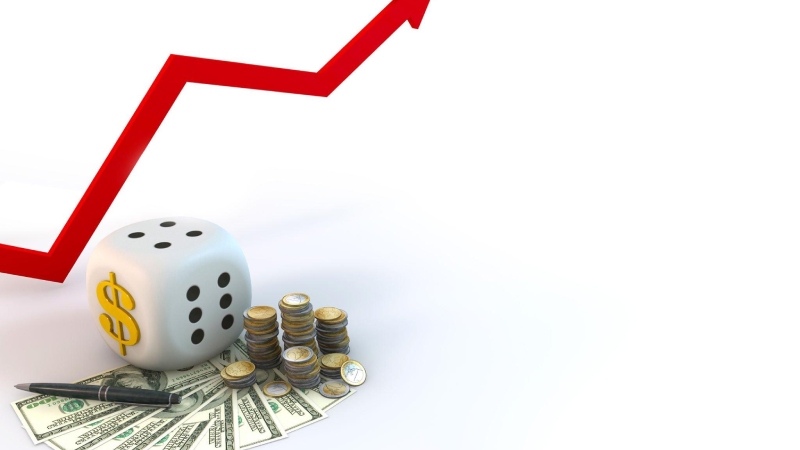Bounce Rate
Table of Contents
Bounce rate: What is it? What Definition? How to Interpret it?
Suppose you are in charge of a website/e-commerce. In that case, several indicators ensure adequate to meet its objective: to allow Internet users to find the information or product they are looking for.
Among these indicators, the average is generally poorly exploited by e-merchants who prefer to analyze the performance of their conversion rate, calculate the average basket or even identify the volume of traffic coming from search engines.
However, the bounce rate is a critical indicator because it makes it possible to identify the behavior of Internet users concerning a web page.
Today I suggest that you focus on this notion by defining the bounce rate. Then, I will explain to you what this ratio uses and several concrete examples to help you analyze it.
What is the Bounce Rate?

First, I must give you a definition of the bounce rate, the formula to calculate it, and an explanation of the importance of this element in understanding the behavior of Internet users on your website.
Definition and Translation
The bounce rate of a web page, which can translate into English as bounce rate, represents the percentage of Internet users who arrived on your site through this page and who immediately left it without consulting others.
Concretely, the bounce rate allows you to identify the proportion of Internet users who have seen only one page of your site.
How is it Calculated?
To calculate the bounce rate of a website, it is necessary to calculate the ratio between the number of visitors who have seen only one page of it and the number of visits to the whole site.
Note also that it is possible to calculate the bounce rate of a page by applying the following ratio: many Internet users who arrived on your site through the page in question and who only saw this page (and this page only) divided by the total number of Internet users who arrived on your site directly on this page.
Where can I find this Indicator?
To know the bounce rate, it is necessary to have a web analytics tool such as Google Analytics. Xiti (from AT internet), or Omniture.
This indicator, which is very important in the eyes of the designers of these tools, is generally indicated on the home page of the instrument, where the position of the leading indicator: the number of visits, the number of page views, the number number of pages viewed per visit, the average length of a holiday or the percentage of new visits.
Also Read:
Fix [pii_email_31188e3869bc3283fed5] Error Solved.
Why is it Important to Monitor this Indicator?
Whether you run an e-commerce site or a content site. It’s in your best interest to keep your site’s average as low as possible.
Indeed, the more Internet users who arrive on your page, the more chance you will have of achieving your main objective by editing your site:
- Sell products if you are an e-merchant: to buy a product, a user must necessarily go through a conversion funnel and therefore see several pages of your site
- Sell advertising if you edit a content site: the more pages a user sees on your site, the more advertising you will display, and therefore your income will take off.
So if you have an average of 90%, that means that only 10% of the internet users who come to your site are exciting about your business. You do without the remaining 90%, which is very damaging.
What is the average bounce rate of websites in France?
Statistics on the average bounce rate are few. However, given my different experiences and the different sites, I have worked for. Here is a range that can help you situate yourself about your activity:
- The average bounce rate of an e-commerce site is generally between 20 and 50%.
- The average bounce rate of a content site- blog or news site – is around 80%.
How to Explain this Difference?
Generally, when an Internet user arrives on an e-commerce site, he is looking for a specific product and research. It is, therefore, more accessible for him to change the page to see different effects.
In addition, most e-commerce sites are positioned in SEO with their category or subcategory pages. This type of page, is generally a listing of products. Offers many openings to the Internet user to get them to click.

